Given the announced and forecast increases in energy prices in 2023, many people and companies are turning to photovoltaic installations as a solution to astronomical energy bills. Is it still profitable? What are the billing terms for new users? Answers to these and more questions in our guide!
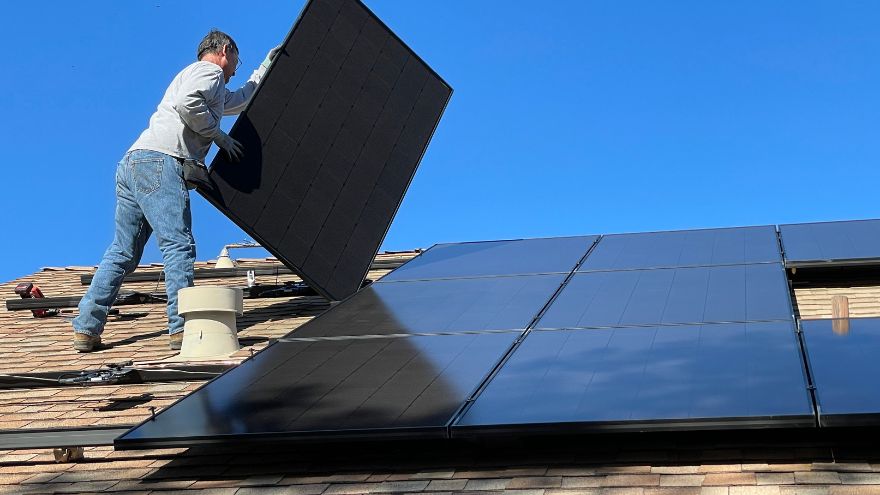
Is photovoltaics profitable in 2023?
To put it briefly and simply: yes, it is worth it. Of course, it is worth sitting down with a piece of paper and a pencil, calculating the necessary expenses and the rate at which they are paid back by producing your own electricity, but a photovoltaic installation is definitely economically justified . It's all a matter of time and building a PV system with appropriate "building blocks".
Depending on the energy use profile of a household or company, each installation should be individually configured. For those who regularly use electricity generated by this type of system, efficient panels mounted on the roof or placed on the ground will be sufficient . Anyone who has large surpluses during the day that they do not want to feed into the grid but intends to use at night when the photovoltaic installation is not producing, planning to run a washing machine and dishwasher and/or charge an electric car, should consider energy storage . There is no one solution for everyone - there are many individual, "tailor-made" solutions tailored to different needs. You just have to choose the right one.
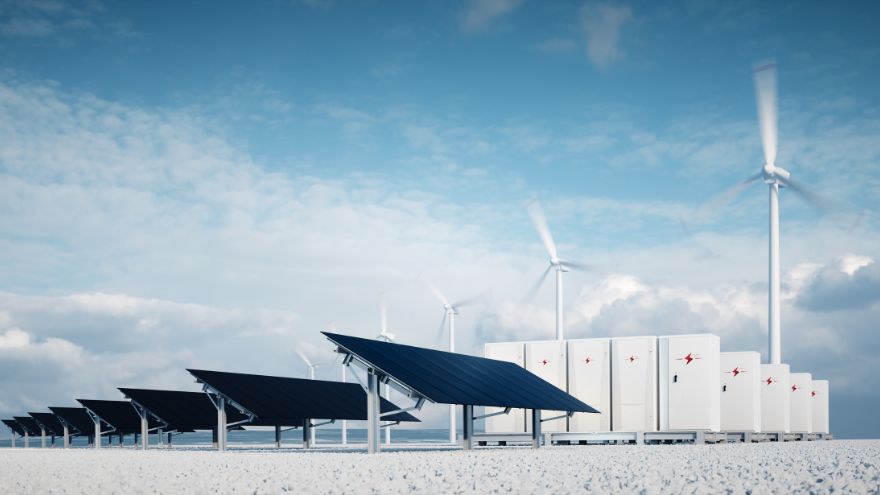 Energy storage is not only about using energy produced during the day at night. This solution also ensures continuity of power supply in the event of a network failure or voltage loss caused by other factors . Such events usually do not last longer than a few hours, so a "large UPS " in the form of an energy storage device will work perfectly.
Energy storage is not only about using energy produced during the day at night. This solution also ensures continuity of power supply in the event of a network failure or voltage loss caused by other factors . Such events usually do not last longer than a few hours, so a "large UPS " in the form of an energy storage device will work perfectly.
Another factor that makes photovoltaics fans is growing ecological awareness. Producing energy for your own needs means reducing your carbon footprint , especially in Poland, where the vast majority of electricity is still produced by burning high-emission coal. Solar panels save money for the user and save carbon dioxide for the atmosphere. Everyone benefits!
Netbilling
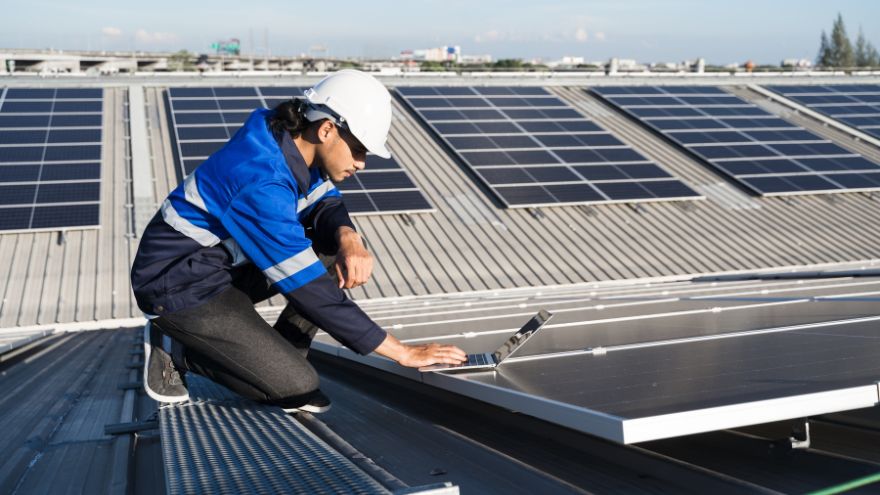 At the beginning of April 2022, the net-billing system replaced the previously applicable solution regarding the method of settling surplus energy produced in photovoltaic micro-installations transferred to the power grid. Some people have interpreted these changes as unfavorable and discouraging, but the idea is to encourage prosumers to self-consume as much as possible, i.e. use the generated energy on their own , without treating the public transmission network as an almost free energy storage from which the missing energy can be taken at any time. quantity.
At the beginning of April 2022, the net-billing system replaced the previously applicable solution regarding the method of settling surplus energy produced in photovoltaic micro-installations transferred to the power grid. Some people have interpreted these changes as unfavorable and discouraging, but the idea is to encourage prosumers to self-consume as much as possible, i.e. use the generated energy on their own , without treating the public transmission network as an almost free energy storage from which the missing energy can be taken at any time. quantity.
The profitability of an installation in a net-billing settlement system depends on the self-consumption coefficient, i.e. the amount of self-consumption of energy generated by the installation in relation to the entire production . Increasing this parameter is possible thanks to the use of additional devices controlling electricity consumption and the additional use of energy storage facilities, for which, according to the update of the "My Electricity" subsidy program, it is possible to obtain subsidies in the amount of up to PLN 16,000, plus up to PLN 3,000 additionally for devices controlling power consumption. .
Check out the full offer of photovoltaics at the Onninen wholesaler
The previous system did not work insofar as a situation could arise when the grid was not able to absorb all the energy produced by prosumers during the day, when home or company photovoltaic installations at the same time released surplus production to it and then it was drained at night, when users wanted to collect these surpluses. When a quantitative billing system (net-metering) was in force, it was possible to "store" energy for later use with little loss (for 1 kWh of energy released, it was possible to collect 0.7-0.8 kWh, depending on the size of the installation), without taking into account the time of increased consumption. However, it happened that the increase in voltage in the receiving network, caused by the high total power of the PV installation within a given transformer station, combined with a low auto-consumption rate, led to the shutdown of photovoltaic installations, and thus to the lack of production. Net-billing makes giving away surpluses less profitable, because the price of energy purchased from the network significantly exceeds the rate at which the network "purchases" surpluses from micro-installations. Consuming as much as possible of what you produce yourself has become more important and made the network work more efficiently.
Photovoltaics under the old rules until 2023 - only for the selected (umbrella program)
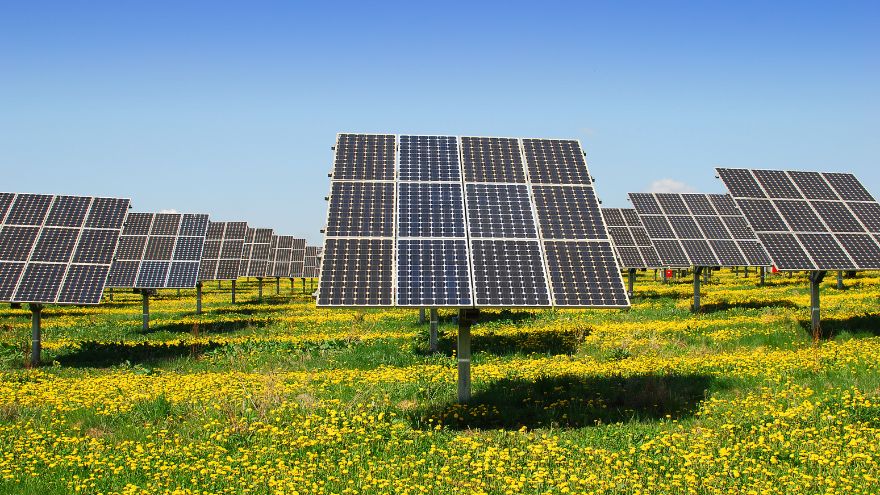 Those who joined the system by March 31, 2022 can settle their accounts under the old rules, in the so-called system of discounts. Even then, it does not mean that you can stay in this system forever. The limit is 15 years, after which switching to net-billing will be necessary. However, the transfer can be made voluntarily at any time, e.g. if the installation is expanded with an energy storage facility, thanks to which "storing" it in the network will no longer be necessary.
Those who joined the system by March 31, 2022 can settle their accounts under the old rules, in the so-called system of discounts. Even then, it does not mean that you can stay in this system forever. The limit is 15 years, after which switching to net-billing will be necessary. However, the transfer can be made voluntarily at any time, e.g. if the installation is expanded with an energy storage facility, thanks to which "storing" it in the network will no longer be necessary.
The announced changes in the method of settling surpluses (transition from net-metering to net-billing, i.e. changing the quantitative settlement system to a value-based system) caused some confusion on the market and the withdrawal of those willing to use umbrella programs, i.e. subsidy systems. To stop the outflow of potential beneficiaries of these solutions, a grace period has been introduced until the end of December 2023. Therefore, anyone who did not manage to complete the formalities before April 1, 2022, may still be able to settle accounts under the old rules (net-metering), but in order to do so happened, two conditions must be met:
- an agreement for the purchase, installation or co-financing of micro-installations with a local government unit or other entity authorized to implement the umbrella program must be signed by March 31, 2022 ;
- the beneficiary must submit a correct application for connecting the micro-installation to the energy distribution network by December 31, 2023 at the latest (this makes it easier for those who started the procedure on time but are stuck with its finalization).
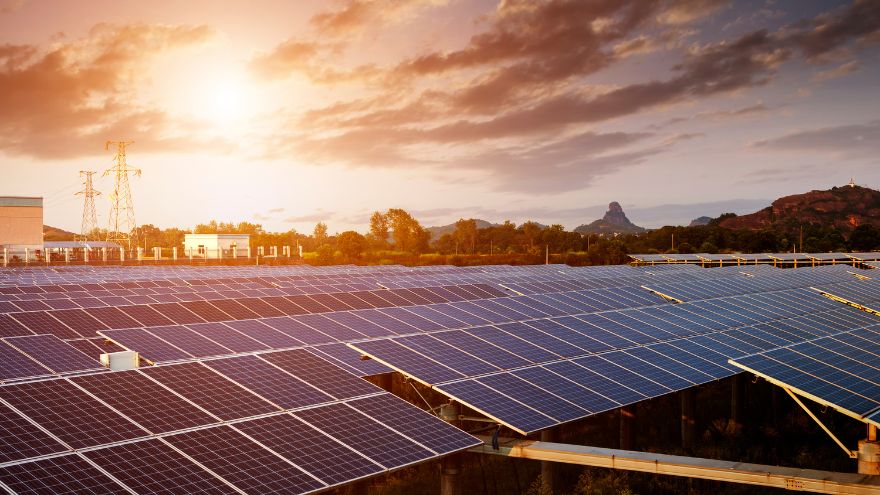 Additionally, you must inform your current energy supplier in writing about the change , i.e. switching to your own production using photovoltaics.
Additionally, you must inform your current energy supplier in writing about the change , i.e. switching to your own production using photovoltaics.
So if someone signed a contract with the local government, but the whole matter got stuck in some official bottleneck or was not completed for another reason, all is not lost - latecomers have the whole of 2023 to finalize the matter and settle their accounts under the old rules . The rest have no choice - they will have to join the network "in a new way". Fortunately, the devil is not as scary as he is painted.